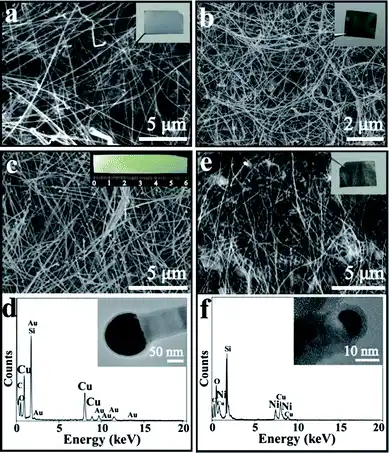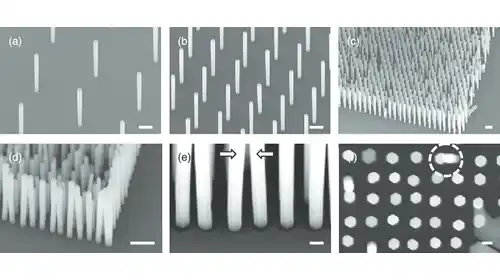افشین رشید
اُستادیار ؛ عضو هیات علمی دانشگاه آزاد اسلامی واحد علوم و تحقیقات تهران
579 یادداشت منتشر شدهNanoelectric, Nanophotoelectric Properties of Oligophenylene Vanillin Nanowires

Note: The advantages of Oligophenylene vanillin nanowires in the use and development of sensor operating systems stem from the well-known properties of silicon and its favorable manufacturing processes. The physical properties of these nanowires include their electrical, photoelectric, and mechanical properties.
Oligophenylene vanillin nanowires are one of the best examples of semiconductor nanostructures that can be fabricated as single crystals with a diameter of 9 to 0 nm. Oligophenylene vanillin nanowires have high mobility and surface-to-volume ratio, which makes them easy to control using a weak electric field. These one-dimensional nanostructures are made of nanowires with diameters in the nanometer range and lengths of more than a micrometer. The fabrication of nanowires from regular one-dimensional arrays has been carried out using different physical and chemical methods.

Methods such as electron beam or lithography, heavy ion irradiation, laser, chemical and electrochemical methods such as hydrothermal, and spontaneous assembly methods used to make mold membranes can also be used . In the manufacture of one-dimensional nanostructures such as nanowires by electrodeposition, there are three general steps: first, the construction of a porous mold as a suitable substrate and framework for the accumulation of nanowires, second, the growth of nanowires along the mold holes, and third, the removal of the mold and separation of nanowires from it. The properties of nanowires are directly dependent on the surface characteristics of the mold such as the size distribution of the pores, the density of the pores, and the superiority of the surface of the nanopores. To control the properties of Oligophenylene vanillin nanowires, it is necessary to consider the parameters that affect the formation and optimization of the diameter of the pores and the thickness of the mold.
Conclusion :
Oligophenylene vanillin nanowires such as cobalt, nickel, iron and alloys can be fabricated by electrospinning and self-assembly on an anodic aluminum oxide template, and the magnetic properties of cobalt nanowire arrays such as coercive force, saturation electromagnetism and remanent magnetization depend on the configuration of the nanowires and the diameter of the nanowires. This property of Oligophenylene vanillin nanowires can be easily controlled by changing the factors affecting the template fabrication such as oxidation process potential and pH. Applications include chemical nanosensors, logic nanodevices and other nanoelectronic and nanooptical devices.